How to interpret this type of dBm?
The same way you would interpret dBm × Hz, since wavelength is proportional to 1/Hz: dBm/wavelength = dBm/(1/Hz) =dBm × Hz.
It's not all that different compared to dBm/Hz, except that the "frequency" units are the reciprocal of what you got here (wavelength).
would the integral of that section give the average power in dBm
No, it will give the total power in dBm in that wavelength band.
The unit of average power would be the same as the unit integrated: dBm/nm. So, to get average power in dBm/nm:
- Integrate over bandwidth of interest, to yield dBm total.
- Divide by the band width integrated on, expressed in nm - in your case 10nm - to yield dBm/nm average.
what is the purpose of using dBm/nm
That's the spectral power density. How much power there is per each nm of wavelength. And indeed, if you integrate dBm/nm over wavelength, the unit of the integral will be dBm - exactly what you want. Simple way to think about it: the integral is the area, so an area of a rectangle would be [dBm/nm × nm=dBm].
